Denim denim fabrics are produced worldwide, but in the eyes of jeans lovers, denim fabrics made in Japan are even more outstanding. What are the reasons and what unique advantages does it have? Is this all just speculation? To be honest, not all denim denims are the same, although most denims with red ears are indeed of high quality, but this does not mean that denim with red ears will definitely be able to wear a beautiful fall. . The denim fabric made by Japanese looms will affect its subsequent changes due to factors such as color, weight, and texture. By understanding these, you can more clearly choose what is good and suitable for your jeans.  TEXTURE  First of all, Japan's denim cloth is generally made using Japanese Toyota's old-fashioned shuttle loom instead of the American-made Draper weaving machine imported to Japan. The 1920 launch of the Toyota G-type loom at the time may have a epoch-making significance, it is the first non-stop automatic shuttle changing loom, until now still in use. The number of old-fashioned Toyota loom fabrics is very limited, the speed of weaving is much slower than modern machines, and the relative fabrics produced are not as uniform as modern machines, but it is also these uncertain changes. Giving denim more personality is fascinating.  1924 Toyoda shuttle loom  Those who cross the cows should be able to notice that compared to the smooth appearance of most jeans, Japanese jeans fabrics often have a lot of fluff, and their handles are also rough. Pure Blue Japan is famous for its bamboo fabrics. Samurai has a complex grainy texture and The Flat Head is a very heavy vertical fade. Texture texture and weaving methods are closely related, so these Japanese jeans brands also have their own unique texture. For example, fabrics of Japanese oni jeans are said to be the owner's own textile denim, and it is absolutely not rumored that his method of weaving.  If the weaving machine is set up to weave evenly tanned fabrics, then there is no difference with red-nosed denim. Therefore, do not blindly pursue red ears. How to distinguish the quality of a pair of jeans fabrics is worth learning.  COLOR  The traditional dyeing process is the key to the unique flavor of Japanese fabrics. In terms of fabric dyeing, Japan has a very long history. The process of dyeing and dyeing has continued to this day. Moreover, the dyeing of Japanese denim is various and varies, which makes the change of color of each brand not the same. On the contrary, some European and American brands commonly use the CONE WHITE OAK tannin fabrics, causing them to have similar discolorations. Dyeing  Among Japanese jeans brands, Fullcount , Denime , and Warehouse are good at reproducing the old-fashioned American style, so the overall staining is even lighter. Tenryo , The Strike Gold , and Pure Blue Japan will bring a bit of gray or brown to make jeans have a unique fade effect. The Flat Head and Eternal use an ultra-deep dyeing process to make jeans blue green over time. WEIGHT  Another important factor in Japanese denim is weight. While producing a large quantity of lightweight denim fabrics, Japan is also the country with the largest number of denim fabrics of 20 oz or more in the world. However, more denim fabrics still weigh between 11-14oz . Pure Blue Japan XX-007 24oz The durability of heavy jeans has attracted many jeans lovers. In addition to greater toughness and warmth, heavy weights tend to create thick creases, so fade faster, and visual impact is better than light and thin jeans. But heavier weight does not mean that jeans can wear longer, and its most deadly weakness is the splice, because it is too thick, and the pure cotton thread at the seams is easily broken.  PROCESSING  Generally, after the weaving is completed, the denim fabric will undergo some treatments such as shrink-proof, singeing, calendering, and mercerization, which will make the surface of the denim fabric smoother and softer and more comfortable to wear. Although many Japanese factories have these processes, the high-end jeans brands have chosen to abandon them. This is the so-called grey denim fabric. The surface of a pair of grey jeans will be rougher, hairy and have an uneven feel. It is difficult to determine the size of such jeans, and it is unclear to what sizes it will shrink to unfamiliar brands and fabrics. However, on the contrary, its advantage is that it can produce a noticeable crease after being put on, and the color will be very clear.  However, not all Japanese jeans are grey fabrics, such as Iron Heart's 634S . Although it is a heavy 21oz cow, it will have a unique luster before being used for the first time due to a shrink-proof process. , And it doesn't need to be soaked and it's comfortable to wear. Iron Heart's 634S  Cotton Poplin Fabrics,Wool Twill Fabric,Satin Twill Fabric,White Twill Fabric Shaoxing Ruby Textile Co., Ltd , https://www.sxrubytex.com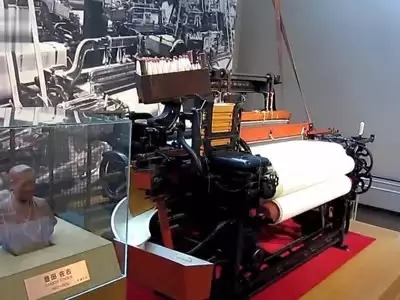
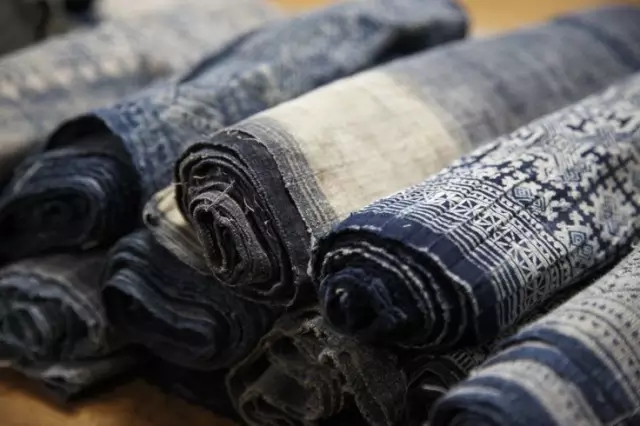
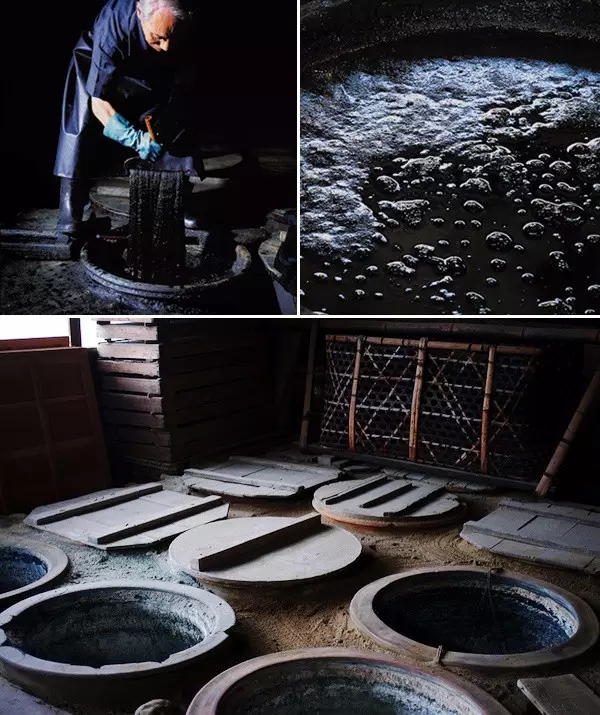


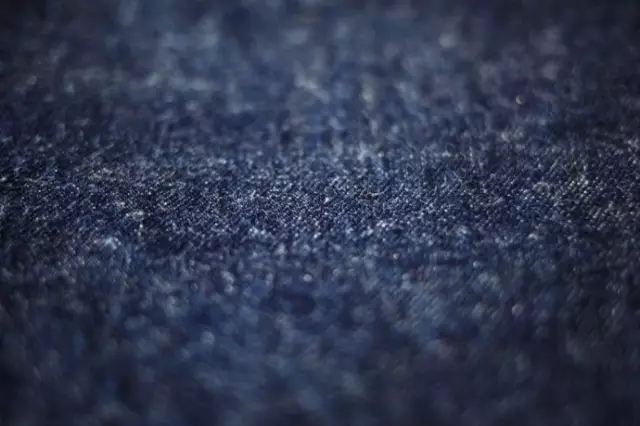
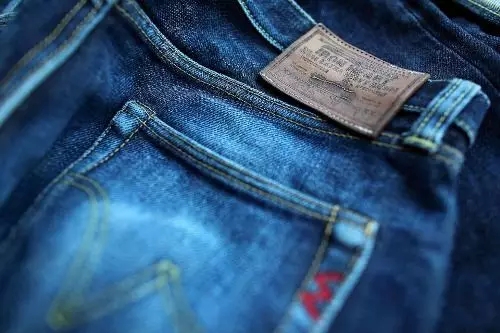
For more content, please follow this site